+8801715532130
Gulshan-2, Notun, Bazar, Dhaka 1212

Showing all 14 results
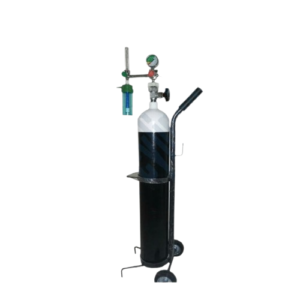
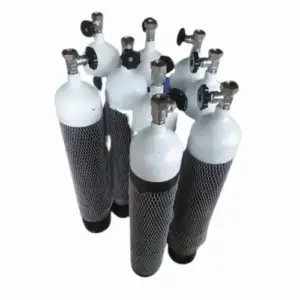
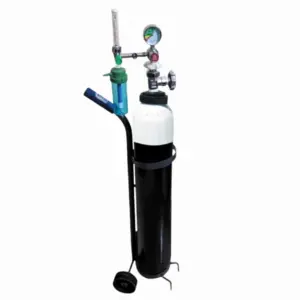
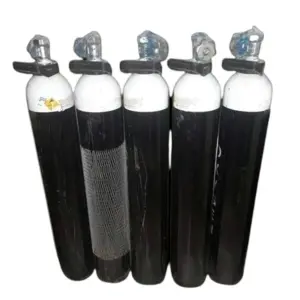
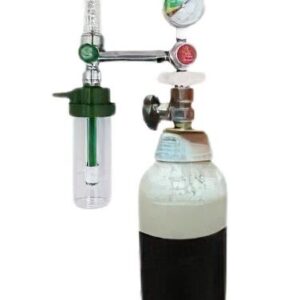
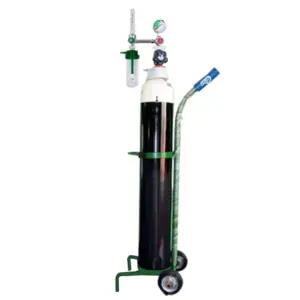
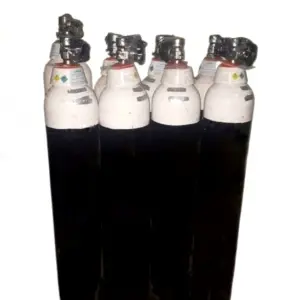
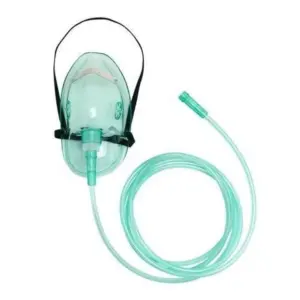
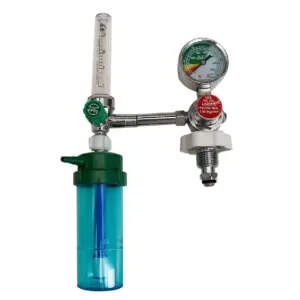
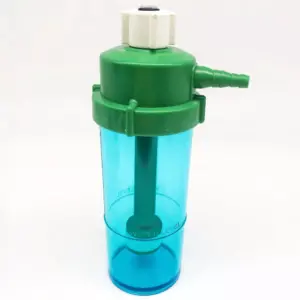
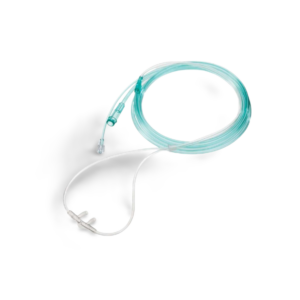
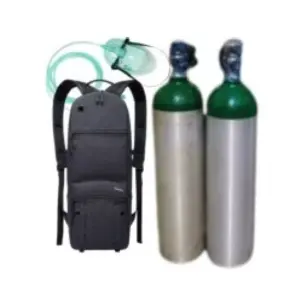

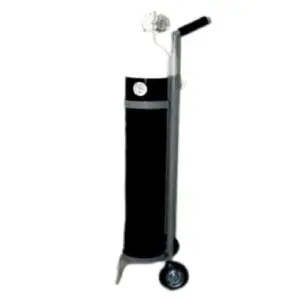
Above the brand, size and setup of the cylinder. Oxygen cannot be used only with cylinders, so you need to buy more equipment for oxygen use or buy a full oxygen use setup. Due to which most traders in Bangladesh sell full setup of cylinders.
Different types of oxygen cylinders are available in Bangladesh. Some popular brands include Linde, China Medical and Islam Oxygen. Details of different brands of oxygen cylinders available in Bangladesh
Oxygen cylinders are generally available in Bangladesh between Tk 18,000 to Tk 26,544. This is Linde Bangladesh company’s oxygen cylinder.
Moreover, Islam and China oxygen cylinders can be found within 6,000 to 12,000.
| Serial No : | Oxygen Cylinder Price List in Bangladesh | Price (BDT) |
|---|---|---|
| 1 | China Medical Oxygen Cylinder Price in Dhaka Bangladesh | 8,000/- (BDT) |
| 2 | Islamia oxygen cylinder price in Dhaka Bangladesh | 9,000/- (BDT) |
| 3 | Linde Medical Oxygen Cylinder price in Dhaka BD | 18,000/- (BDT) |
| 4 | Linde Oxygen Cylinder Refill Home Service Price in Dhaka Bangladesh c | 800/- (BDT) |
| 5 | Linde Oxygen Cylinder Rent Home Service Price in Dhaka Bangladesh | 800/- (BDT) |
| 6 | Rama Oxygen Cylinder Price in Dhaka Bangladesh | 13,000/- (BDT) |
| 7 | Spectra Oxygen Cylinder price in Dhaka BD | 15,000/- (BDT) |
A medical oxygen cylinder is a container that is designed to store and transport high-pressure oxygen gas for use in medical settings. These cylinders are typically made of steel or aluminum and are filled with compressed oxygen that is purified and sterilized to be used for therapeutic purposes.
Medical oxygen cylinders are used to deliver oxygen to patients who require supplemental oxygen therapy to treat a variety of medical conditions, including respiratory failure, chronic obstructive pulmonary disease (COPD), pneumonia, and other lung diseases. Oxygen therapy is also commonly used during surgical procedures or in emergency situations where a patient is experiencing severe respiratory distress. The high-pressure oxygen gas in the cylinder is delivered through a regulator or flow meter that controls the flow rate and pressure of the oxygen as it is delivered to the patient.
Medical oxygen is typically stored in cylinders in a compressed gaseous state. The cylinders are designed to withstand high pressures and are made of materials that are compatible with oxygen, such as aluminum or steel.
To ensure the safe storage and use of medical oxygen cylinders, there are several important safety precautions that need to be taken. These include:
Handling and storing cylinders properly: Medical oxygen cylinders should be stored in a cool, dry, well-ventilated area, away from heat sources, flammable materials, and combustible materials. They should be secured in an upright position using a cylinder stand or chain to prevent them from falling over.
Regularly inspecting cylinders for damage or leaks: Cylinders should be visually inspected for damage or leaks before use, and any damaged cylinders should be removed from service immediately.
Using proper equipment and regulators: Only equipment and regulators designed for use with medical oxygen cylinders should be used. The regulator should be checked for proper function before use.
Following proper handling and transport procedures: Medical oxygen cylinders should be transported and handled carefully to avoid damage or leaks. They should be transported in an upright position, secured in a cylinder cart or carrier, and protected from extreme temperatures.
Ensuring proper ventilation: When using medical oxygen cylinders in enclosed spaces, proper ventilation should be provided to prevent oxygen concentration from reaching dangerous levels.
Avoiding smoking or open flames: Smoking and open flames should be prohibited near medical oxygen cylinders, as they can ignite and cause a fire or explosion.
By following these safety precautions, the risk of accidents and injuries related to medical oxygen cylinders can be minimized.
The lifespan of a medical oxygen cylinder can vary depending on several factors, including the size of the cylinder, the flow rate of the oxygen being delivered, and the frequency of use. As a general rule, the duration of oxygen flow from a cylinder can be calculated by dividing the cylinder’s volume (in liters) by the flow rate (in liters per minute).
For example, if a patient is receiving oxygen at a flow rate of 2 liters per minute from a cylinder with a capacity of 3,000 liters, the cylinder would last for approximately 25 hours (3,000/2 = 1,500 minutes or 25 hours).
Factors that can affect the lifespan of a medical oxygen cylinder include:
Flow rate: The higher the flow rate of oxygen being delivered, the faster the cylinder will be depleted.
Frequency of use: Cylinders that are used more frequently will need to be refilled or replaced more often than those used less frequently.
Cylinder size: Larger cylinders will last longer than smaller cylinders with the same flow rate and frequency of use.
Leakages: If there is a leakage in the cylinder, it can significantly reduce the duration of oxygen flow and lifespan of the cylinder.
Environmental factors: Extreme temperatures, high humidity, or exposure to corrosive substances can damage the cylinder and reduce its lifespan.
It is important to regularly monitor the oxygen level in the cylinder to ensure that the patient’s therapy is not interrupted unexpectedly. Most cylinders also have a pressure gauge or indicator to show how much oxygen is left in the cylinder, which can help healthcare providers estimate how much longer the cylinder will last.
The process for refilling or replacing a medical oxygen cylinder varies depending on the specific facility or supplier. In general, the following steps are involved in refilling or replacing a medical oxygen cylinder:
Check the cylinder’s pressure gauge: Before refilling or replacing a cylinder, check the pressure gauge to determine how much oxygen is left in the cylinder.
Remove the empty cylinder: Once the cylinder is empty, it should be removed from the patient’s equipment and placed in a designated storage area.
Transport the cylinder: If the cylinder needs to be refilled, it will need to be transported to a facility that can refill medical oxygen cylinders. If the cylinder needs to be replaced, a new cylinder can be obtained from the supplier.
Refill or replace the cylinder: At the facility or supplier, the empty cylinder will be refilled or replaced with a full one.
Transport the filled cylinder: Once the cylinder is refilled or replaced, it will need to be transported back to the patient’s equipment.
It is important to follow proper handling and transportation procedures for medical oxygen cylinders to ensure safety. Here are some requirements for transporting and handling medical oxygen cylinders:
Keep cylinders upright: Medical oxygen cylinders should be transported and stored in an upright position to prevent damage and leaks.
Use a cylinder cart: Use a cylinder cart or carrier to transport the cylinder, as this will make it easier to move and prevent the cylinder from falling over.
Avoid extreme temperatures: Medical oxygen cylinders should be stored and transported in a cool, dry area away from heat sources or open flames.
Label the cylinder: The cylinder should be properly labeled to indicate the contents, pressure rating, and other important information.
Inspect the cylinder regularly: Before using or transporting a medical oxygen cylinder, it should be visually inspected for damage or leaks. Any damaged cylinders should be removed from service immediately.
While medical oxygen cylinders are a crucial tool in providing oxygen therapy to patients, there are also potential risks associated with their use. Some of the potential risks include:
Oxygen toxicity: If a patient is receiving too much oxygen for a prolonged period, it can lead to oxygen toxicity, which can cause damage to the lungs and other organs. To mitigate this risk, healthcare providers must closely monitor the patient’s oxygen levels and adjust the flow rate as needed.
Fire hazards: Medical oxygen is highly flammable and can increase the risk of fire if it comes into contact with combustible materials or open flames. To mitigate this risk, healthcare providers should ensure that the oxygen equipment is in good working order and that patients and caregivers are educated on safe handling and storage practices.
Cylinder failure: If a medical oxygen cylinder is damaged or defective, it can fail, leading to a potential safety hazard. To mitigate this risk, cylinders should be regularly inspected and maintained, and any damaged cylinders should be taken out of service.
Gas leaks: If there is a leak in the cylinder or the oxygen delivery system, it can lead to oxygen depletion, which can be life-threatening. To mitigate this risk, healthcare providers should regularly check the equipment for leaks and ensure that all connections are secure.
Transportation risks: Medical oxygen cylinders must be transported carefully to prevent damage and leaks, which can pose a safety risk to patients and caregivers. To mitigate this risk, cylinders should be transported in an upright position using a cylinder cart or carrier.
To mitigate the risks associated with medical oxygen cylinders, healthcare providers should follow established safety protocols and guidelines, ensure that equipment is properly maintained and inspected, and provide education and training to patients and caregivers on safe handling and use.
Medical oxygen cylinders may be used in a variety of medical conditions where a patient is not able to get enough oxygen through normal respiration. Here are some common medical conditions that may require the use of medical oxygen cylinders:
Chronic obstructive pulmonary disease (COPD): COPD is a group of progressive lung diseases, including emphysema and chronic bronchitis, that make it difficult to breathe. Patients with severe COPD may require supplemental oxygen to maintain adequate oxygen levels.
Pneumonia: Pneumonia is an infection of the lungs that can cause inflammation and fluid buildup, making it difficult to breathe. Oxygen therapy may be necessary to help improve oxygen levels and support the body’s healing process.
Congestive heart failure: Congestive heart failure occurs when the heart is unable to pump enough blood to meet the body’s needs, leading to fluid buildup in the lungs and other parts of the body. Oxygen therapy can help reduce the strain on the heart and improve oxygen levels.
Acute respiratory distress syndrome (ARDS): ARDS is a severe lung condition that can occur as a complication of another medical condition, such as pneumonia or sepsis. Oxygen therapy may be necessary to support the patient’s breathing and improve oxygen levels.
The benefits of using medical oxygen therapy include:
Improved oxygenation: Oxygen therapy helps increase the amount of oxygen in the bloodstream, which can help improve overall organ function.
Decreased work of breathing: When patients are not getting enough oxygen, their body has to work harder to compensate, which can lead to fatigue and other complications. Oxygen therapy can help reduce the work of breathing, making it easier for patients to breathe.
Reduced risk of complications: When patients have adequate oxygen levels, they are less likely to experience complications from their medical condition.
Improved quality of life: By improving oxygen levels and reducing symptoms such as shortness of breath and fatigue, oxygen therapy can help improve a patient’s quality of life.
Medical oxygen is highly purified oxygen that is used for medical purposes, such as respiratory therapy and surgery. The purity of medical oxygen is typically around 99.5% or higher, which is higher than the purity of oxygen obtained from other sources.
For example, the oxygen in the air we breathe is about 21% oxygen, with the remaining 78% being nitrogen and other gases. Oxygen obtained from industrial processes or other sources may also contain impurities, such as carbon dioxide or other gases.
The purity of medical oxygen is important because it ensures that the oxygen being delivered to the patient is free from any impurities that could be harmful or interfere with the treatment. For example, if oxygen with a lower purity level were used, it could contain impurities that could irritate the respiratory system or even cause damage to the lungs.
In addition, high-purity oxygen is important for certain medical procedures that require precise concentrations of oxygen. For example, during anesthesia, the oxygen must be of a specific purity to ensure that the patient receives the right amount of oxygen to prevent complications.
Overall, the purity of medical oxygen is essential for ensuring patient safety and optimal treatment outcomes.
Medical oxygen cylinders should be stored and maintained properly to ensure they remain safe and effective for use. Here are some best practices for maintaining and storing medical oxygen cylinders:
Storage: Oxygen cylinders should be stored in a cool, dry, and well-ventilated area. They should be kept away from heat sources, direct sunlight, and flammable materials. Oxygen cylinders should be secured to prevent them from falling or tipping over.
Handling: When handling oxygen cylinders, care should be taken to avoid dropping or bumping them. They should be transported using appropriate equipment, such as carts, to prevent damage to the cylinder valve.
Maintenance: Oxygen cylinders should be inspected regularly to ensure they are in good condition. The valve should be inspected for leaks and the cylinder should be checked for any signs of damage or corrosion.
Labeling: Oxygen cylinders should be labeled with the name of the gas they contain, the date of the last hydrostatic test, and the name of the owner. This information helps identify the cylinder and ensures it is used correctly.
When it comes to properly disposing of medical oxygen cylinders, it is important to follow the regulations set by your local jurisdiction. In general, empty cylinders can be disposed of as regular waste, but cylinders that still contain gas should be returned to the supplier for proper disposal. Some suppliers may offer a take-back program for used cylinders, or they may provide instructions for safe disposal. It is important to never attempt to dispose of an oxygen cylinder by throwing it in the trash or recycling bin.
Gulshan -2,, Notun Bazar, Madani Avenue, Near Famally Bazar, Dhaka-1212
We are selling oxygen cylinder, oxygen concentrator & all kinds of medical equipment’s. We provide best service to our client; you can refill your oxygen cylinder easily from us.